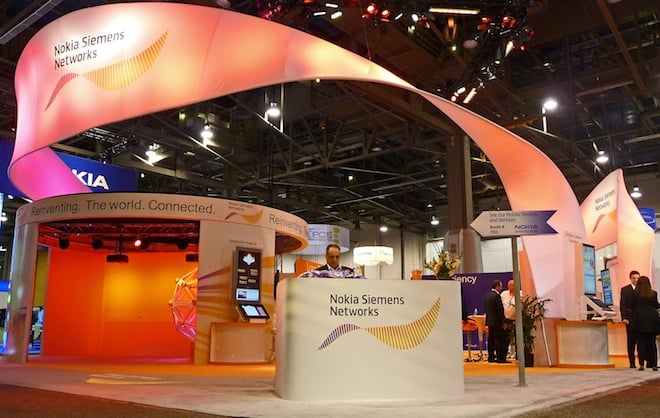
The engineers at Nokia Siemens Networks have done something quite amazing. They squeezed 200 megabits per second (Mbps) out of an HSPA+ connection, something that was previously thought impossible. The HSPA+ standard, as it stands today, can only go up to 84 Mbps, and anything that goes faster has strictly been done in a laboratory and deemed non-standard. While there have been demos of 650 Mbps HSPA technology, that’s a different flavor of HSPA known as Long Term HSPA Evolution. Notice how they shove HSPA between the LT and E in LTE. Anyway, this 200 Mbps demo was done using Nokia Siemen’s Flexi Multiradio Base Station and Multicontroller Platform, which means absolutely nothing to you since as a consumer you’re not buying infrastructure equipment. It’s up to the operators to upgrade their gear, and most North American operators rely on Alcatel-Lucent or Ericsson, so the chance of this hitting a cell site near you is rather small. And to make matters even worse, the only operator in North America who actually gives a damn about HSPA+, T-Mobile, is going to be bought out by AT&T. Big Bell has said they’ll deploy HSPA+, but are focusing on rolling out LTE first. Not the brightest decision, but we’ll see what happens when they start upgrading the network.
At the end of the day we still can’t be happy enough. Speeds are getting faster and now that Verizon has set the benchmark of what a 4G network is in America, it’s time for everyone else to catch up. It’s going to take a while, but there will be a day in the not so distant future when we’re downloading websites and video at over 30 Mbps on a regular basis, even in places with one or two bars, and not thinking much of it since it’s commonplace.
Here’s a more ambitious goal for America: Catch up to Sweden who gives people 100 Mbps today.
